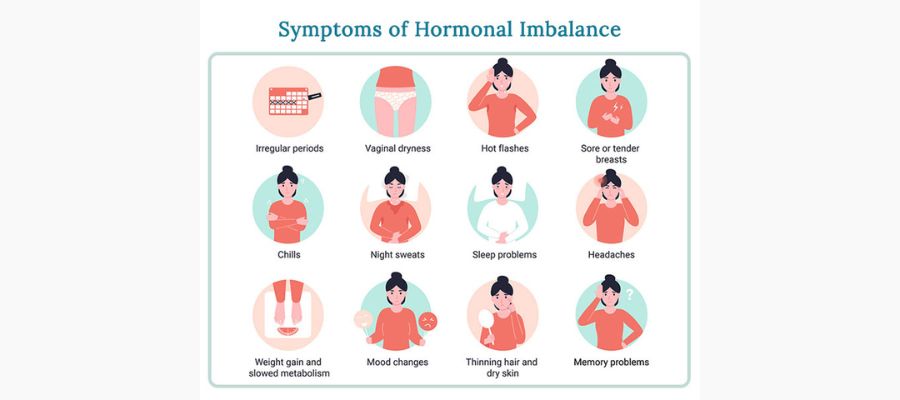.jpg)
SCIENTIFIC NAME: Achyranthes aspera
HINDI NAME: Apamarga, Chirchira, Adhoghanta
ENGLISH NAME: Chaff flower
FAMILY: Acanthaceae
SHORT DESCRIPTION
Apamarga is a significant and widely used herb in Ayurveda due to its wide range of activities and ability to balance the three doshas. It has deepan and pachan quality, which are appetiser and digestive powers, respectively. Apamarga is a highly powerful cleansing plant. It has the ability to discharge infiltrating kapha and vata doshas from the body.
USES & HEALTH BENEFITS
- Useful in Hemorrhoids, indigestion, and fistula.
- Provides relief in cough, asthma
- Nasal decongestant
- Antidote for scorpion sting
- Helps in anaemia, jaundice
- Anti-hypertensive
- Anti-diabetic
- Aids in weight management
- Anti helminthic
- Renal stones
PRECAUTIONS & SIDE EFFECTS
- Should be taken at the specified amount and time, as larger doses might induce nausea and vomiting.
- During pregnancy and nursing, should be avoided or administered under medical care.
- Advised to use only under expert supervision.
HOW TO USE
- A handful of apamarga seeds consumed on a regular basis aids with weight management.
- Apamarga kshara, also known as medicated salts, is used to cure moles, fistulas, and bleeding piles. Only Ayurvedic practitioners should use it.
- As a natural antacid, it can be consumed.
- If having oral ulcers, a few fresh leaves can be consumed.
- It is a blood purifier used to treat oedema and inflammation.
- Aids in the treatment of renal calculi and the reduction of urine acidity.
- Applying the juice of asparagus leaves directly to the afflicted region aids in wound healing.









